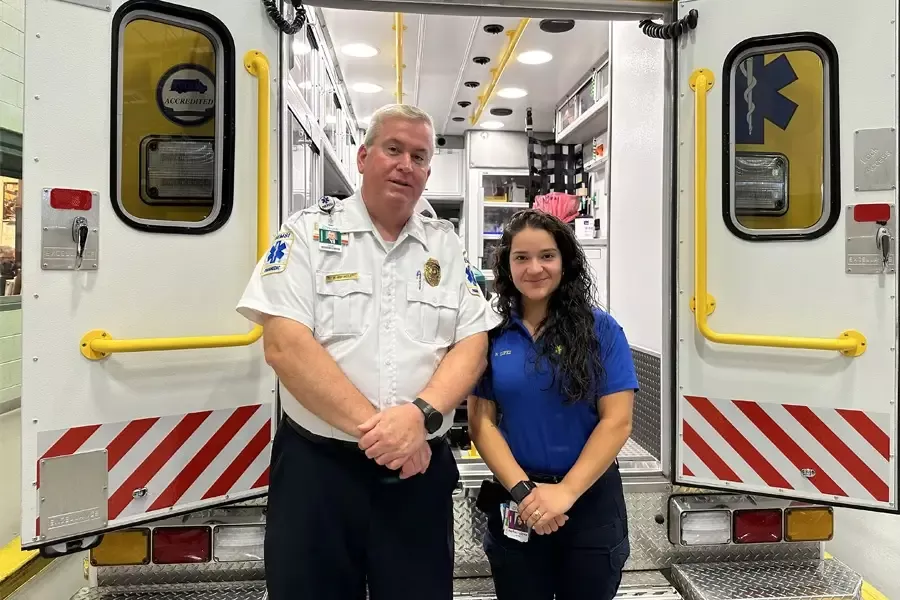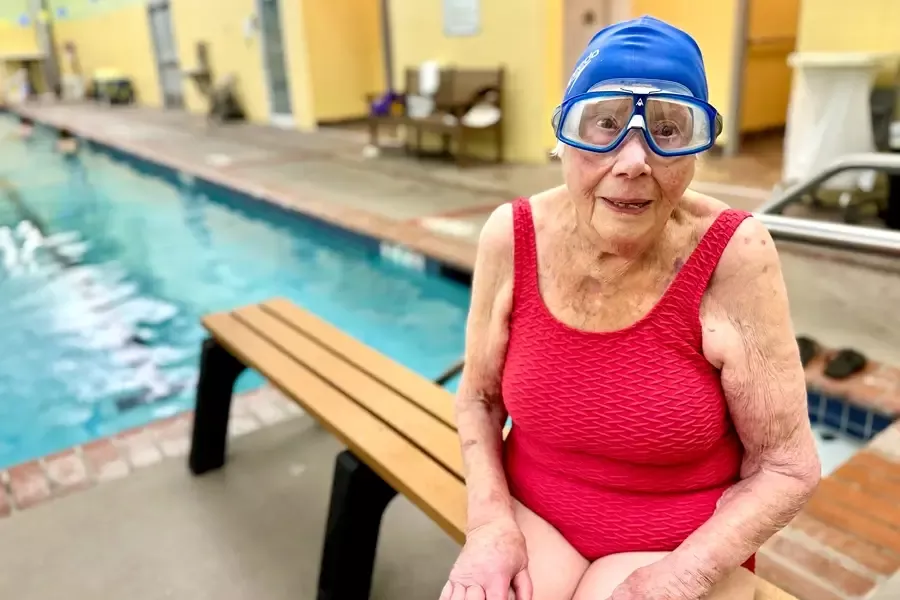
May is Melanoma/Skin Cancer Detection and Prevention Month. Let’s use this month to raise awareness about skin cancer and help people take action to prevent it or detect it early – at home, at work and in the community.
An estimated 5.4 million cases of skin cancer will be diagnosed in 2023, making it the most common cancer in the U.S. Current estimates are that one in five Americans will develop skin cancer in their lifetime.
Skin cancers are either non-melanoma or melanoma. Non-melanoma skin cancers occur in either the basal cells or squamous cells and usually develop on sun-exposed areas of the body. These types of skin cancers are the most common and rarely spread to other parts of the body.
Melanoma, the most serious type of skin cancer, develops in the cells (melanocytes) that produce melanin, the pigment that gives your skin its color. Melanoma is usually curable when detected early, with a survival rate of 98 percent. However, those survival rates fall dramatically to 18 percent if the cancer has spread to distant parts of the body. In Alabama alone, more than 160 people die each year because of melanoma.
Skin Cancer Risk Factors
-
Ultraviolet radiation and sunburns (tanning beds and blistering sunburns as a child)
-
Gender (men are more likely than women after age 50, but less likely before)
-
Age (the older a person is, the more skin exposure, so the risk can elevate, but melanoma can occur at any age)
-
Race (people with fair skin, freckling and light hair are the most prone to sunburns)
-
Chemical and radiation exposure
-
Family history (risk is greater if one or more of a person’s 1st degree relatives have been diagnosed with melanoma) and personal history
-
Moles (individuals with many moles have a higher risk for melanoma)
So what can you do to prevent and beat skin cancer?
Prevention
-
Limit unprotected exposure to the sun, especially between 10 a.m. and 4 p.m.
-
Wear protective clothing and a wide-brimmed hat.
-
Wear wraparound sunglasses that block UVA and UVB light.
-
Apply a broad-spectrum sunscreen with a sun protection factor (SPF) of 30 or more. Apply 20 minutes before going out into the sun and reapply every two hours.
-
Avoid tanning beds and sun lamps.
Early Detection
-
Incorporate a skin examination into your routine check up
-
Perform a monthly skin self-exam
-
Report any changes to skin markings, moles, blemishes or freckles to your physician
-
Know the key warning signs of skin cancer:
- A new growth
- A spot, bump or mole that has slowly gotten larger (over a few months or 1 to 2 years)
- A spot or mole that is changing in shape, feel or color
- A sore that does not heal within 3 months
Use the A B C D E rule to find a melanoma early:
-
Asymmetry – half of the mole does not match the other half
-
Border irregularity – edges of the mole are irregular, ragged, blurred or notched
-
Color – the color is not the same all over
-
Diameter – larger than 6 millimeters or about ¼ inch
-
Evolution – has an existing mole gone through recent changes?
The bottom line is that nearly all skin cancers could be prevented by limiting unprotected exposure to the sun. In addition to staying in the shade as much as possible, the American Cancer Society recommends the SLIP! SLOP! SLAP! And WRAP! method of prevention: SLIP on a shirt, SLOP on 30 SPF broad spectrum sunscreen, SLAP on a hat and WRAP on sunglasses before any exposure to the sun!

Caroline Schreeder, MD, FACS, is a breast surgery specialist at the Huntsville Hospital Clinic for Breast Care and chair of the Huntsville Hospital Cancer Committee.


